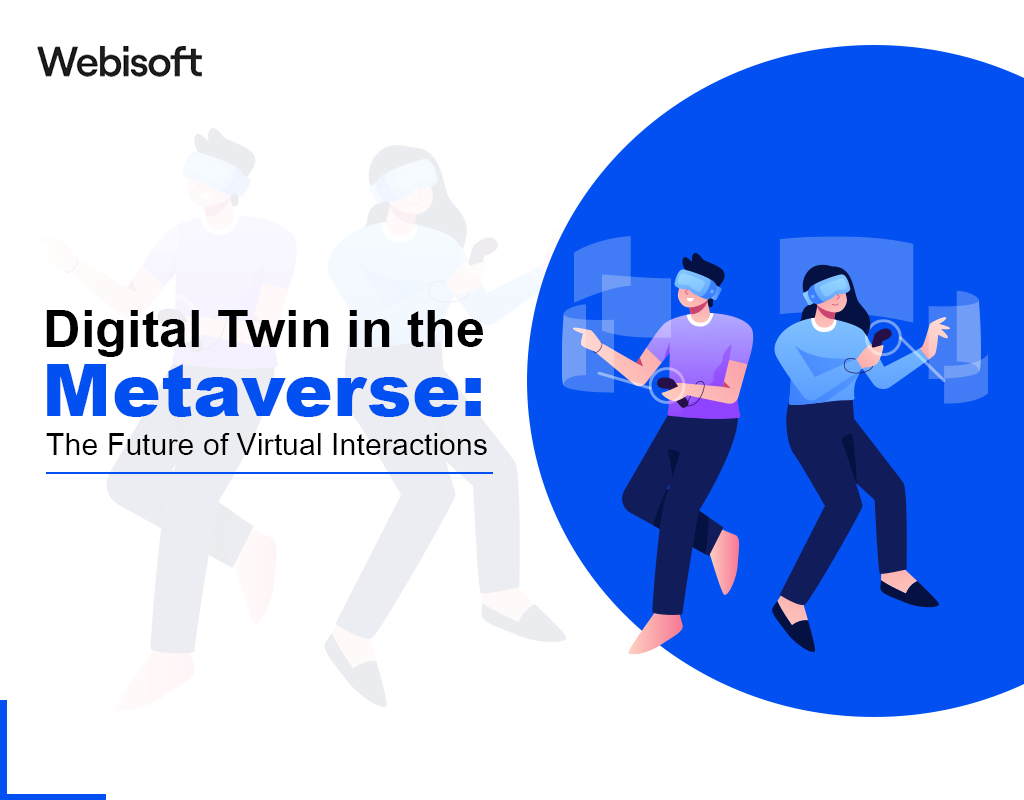Welcome to the era where the boundary between our physical and virtual worlds is blurring. The Metaverse, our next-generation internet, is the mastermind behind this revolutionary change.
But what is the Metaverse, you ask? Imagine a realm where your digital avatar can interact, explore, and experience as vividly as you do in your everyday life. Exciting, isn’t it?
The Metaverse is taking social media and web interactions to a whole new level. It’s creating a fully stimulated virtual reality experience that will leave you awestruck. But to fully unlock its potential, the Metaverse needs a lifelike representation of the real world. That’s where digital twins come into play.
As the conversation around the Metaverse is heating up, businesses are not just sitting on the sidelines. They are diving headfirst into the Metaverse game, transforming the way we experience the digital world.
By using a digital twin metaverse, they can create an incredibly accurate 3D reflection of real-life spaces within the Metaverse. Imagine walking your digital self through a carbon copy of your favorite city or exploring a new office space before even stepping foot inside.
The combination of the Metaverse and digital twins is taking our digital lives from mundane to marvelous. It’s not just about new possibilities anymore; it’s about experiencing the unimaginable.
Contents
- 1 What is Digital Twin?
- 2 History of Digital Twins: A Safety Net When There’s No Room for Error
- 3 Digital Twin vs Metaverse: How They Relate?
- 4 What Makes Digital Twins Integral to the Metaverse?
- 5 How Does Digital Twin Work in the Metaverse?
- 6 Navigating the Digital Twins Universe in the Metaverse: How it Might Look in Different Sectors
- 7 What’s the Buzz about Digital Twin in Industry 4.0?
- 8 Conclusion
What is Digital Twin?
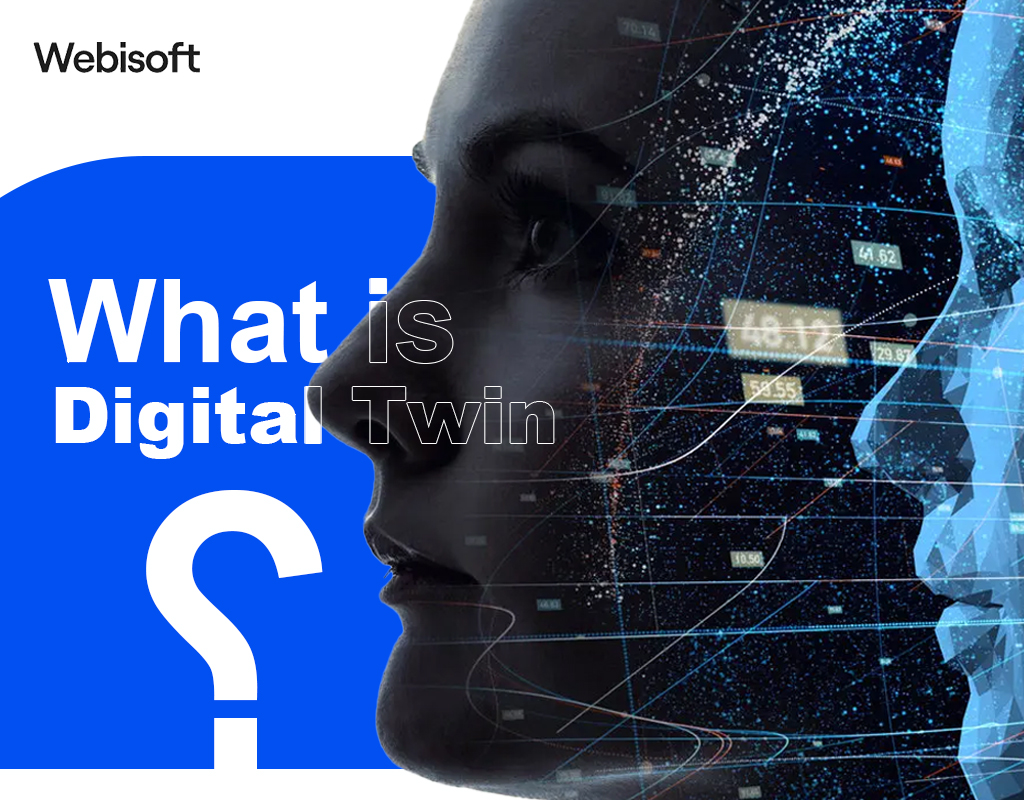
Digital Twin is like having a virtual doppelgänger for a process, product, or service. It’s a way to combine the digital and physical realms, allowing us to analyze data, monitor systems, and predict problems in advance. By leveraging simulations, we can even explore new opportunities and plan for the future.
In the metaverse, a digital twin is a virtual version of an object or system that’s constantly updated with real-time data. It harnesses the power of machine learning and reasoning to assist in decision-making.
Essentially, it’s a sophisticated virtual model that mirrors its physical counterpart in the real world.
By using sensors and IoT connections, this technology can sync the digital environment with the physical world, enabling any changes or movements in the real world to be reflected in the digital twin.
History of Digital Twins: A Safety Net When There’s No Room for Error
The date was April 11, 1970, and three astronauts were rocketing toward the moon on Apollo 13 at a staggering 400 miles per minute. Their mission was simple yet audacious: execute NASA’s third manned moon landing.
However, the abrupt echo of a “bang!” marked the onset of a crisis. A minor explosion had ripped through the spacecraft, annihilating its power and ejecting the crew’s oxygen supply into the abyss of space.
Deprived of fresh air in the cabin, the astronauts scurried into the lunar module (LM) — a detachable craft intended to facilitate the actual moon landing.
The initial landing plan was promptly scrapped, and the mission pivoted towards a single desperate goal: return the astronauts to Earth alive against seemingly impossible odds.
This dire situation forced the crew to creatively repurpose various parts of their spacecraft to accomplish tasks they weren’t originally designed for.
Their ultimate survival was significantly attributed to what could be considered the only “digital twin” system of the era. A “digital twin” is essentially a virtual clone of a physical object, system, or infrastructure.
In NASA’s context, this manifested as 15 simulators utilized for both training purposes and testing mission parameters.
These simulators enabled NASA engineers to diagnose the problem, evaluate potential solutions via computer simulations, and ultimately communicate the most effective one to the Apollo crew.
This approach proved so successful that NASA started intentionally crafting “digital twins” of their spacecraft separate from the simulators. The term “digital twin” was officially coined by NASA in 2010.
However, a “digital twin” is far from being a static model. Rather, it’s a continually evolving digital replica of a physical system, capturing every nuance of the physical counterpart – from repairs and upgrades to damage and aging.
Nonetheless, we’re still at the dawn of the “digital twin” era, with countless more possibilities yet to be explored.
Digital Twin vs Metaverse: How They Relate?
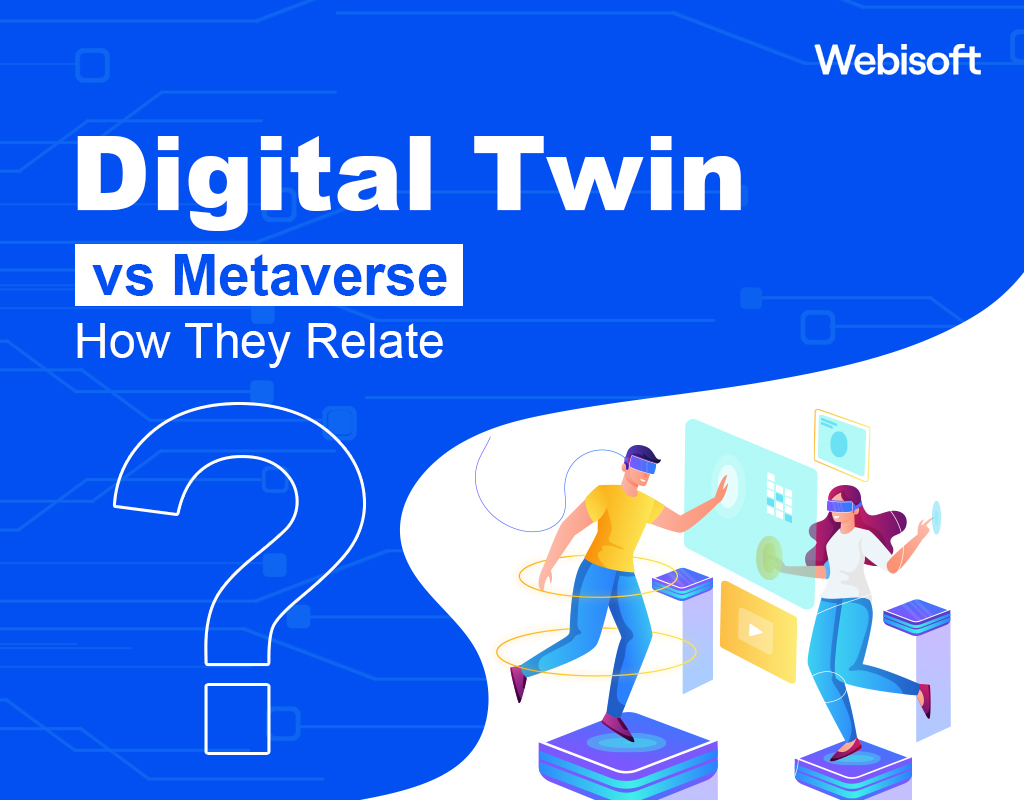
The integration of digital twins and the metaverse holds immense potential, especially for metaverse development companies.
While the metaverse exists as an independent virtual dimension separate from our physical reality, there is a compelling need for a precise digital simulation of our real world. This is where digital twins come into play, as they enable the creation of accurate digital replicas of objects and processes.
Essentially, digital twins serve as fundamental building blocks for the metaverse, providing realism to the virtual realm. This convergence between digital twins and the metaverse brings significant value to businesses by eliminating the limitations and risks inherent in the physical world, thereby unlocking new opportunities.
For instance, a reputable digital twin development company can assist you in simulating your industrial environment, allowing you to test changes in manufacturing processes and gather valuable metadata.
By assessing the impact of these changes on performance, safety, and equipment-worker interactions, you can make informed decisions about implementing them in the real world.
The beauty of the combination lies in the ability of the metaverse and digital twins to precisely model situations virtually, mirroring real-world scenarios.
This process eliminates disruptions in the production process, prevents downtime, and minimizes risks associated with experimenting in the physical environment. Ultimately, this approach safeguards resources and protects crew safety.
What Makes Digital Twins Integral to the Metaverse?
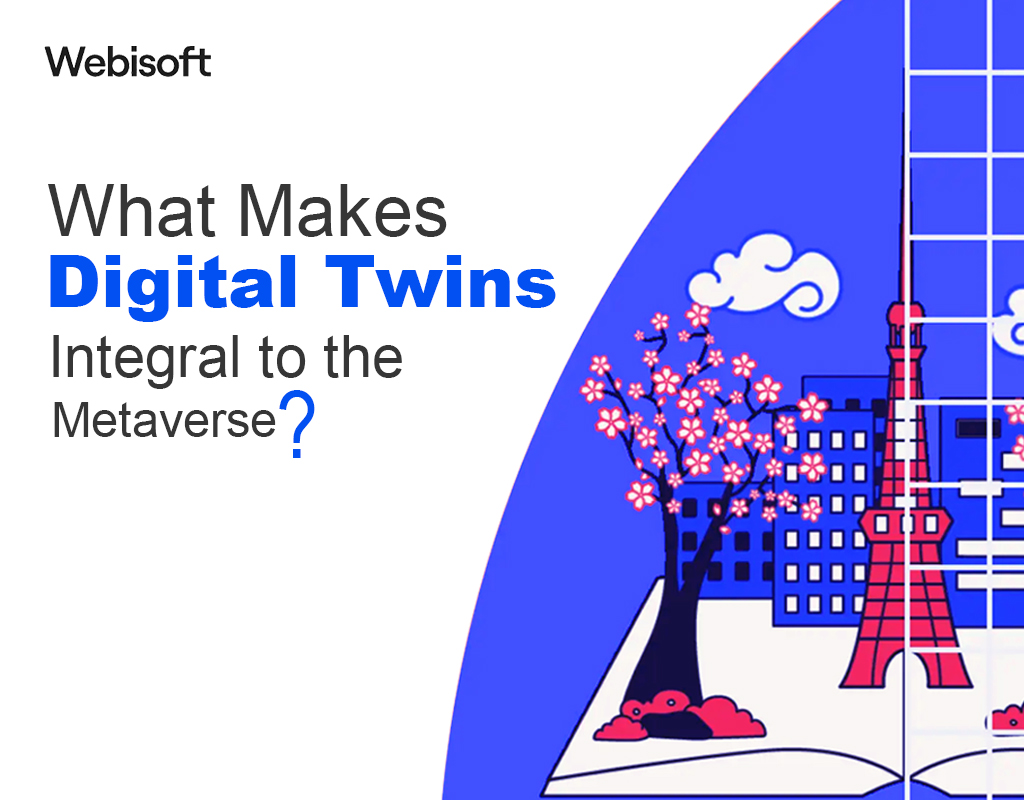
As we venture deeper into the Metaverse, the need for a seamless blend of the virtual and real worlds becomes paramount. And that’s exactly what Digital Twin technology promises – bringing a touch of realism to the otherwise purely virtual realm.
Picture this – you’re online shopping and your digital twin gets to try on clothes, ensuring they perfectly match your real-life measurements. Gone are the days of sizing doubts and return hassles!
In the professional realm, the possibilities are even more fascinating. Imagine having a virtual meeting where you can interact with true-to-life 3D replicas of company equipment or systems.
Or think about a technical training session where you can handle complex systems in a simulated environment before tackling the real deal. All these innovative experiences are possible, thanks to the Digital Twin technology.
Moreover, Digital Twins could revolutionize fields like remote maintenance. Technicians could work on virtual versions of machines, mirroring their actions onto their real-world counterparts. This mix of reality and virtuality could transform how we approach problem-solving in complex, technical fields.
Simply put, Digital Twins are the building blocks enabling the Metaverse to intertwine our physical and digital realities. It’s their realistic properties that make them indispensable in crafting a fully immersive Metaverse experience.
How Does Digital Twin Work in the Metaverse?
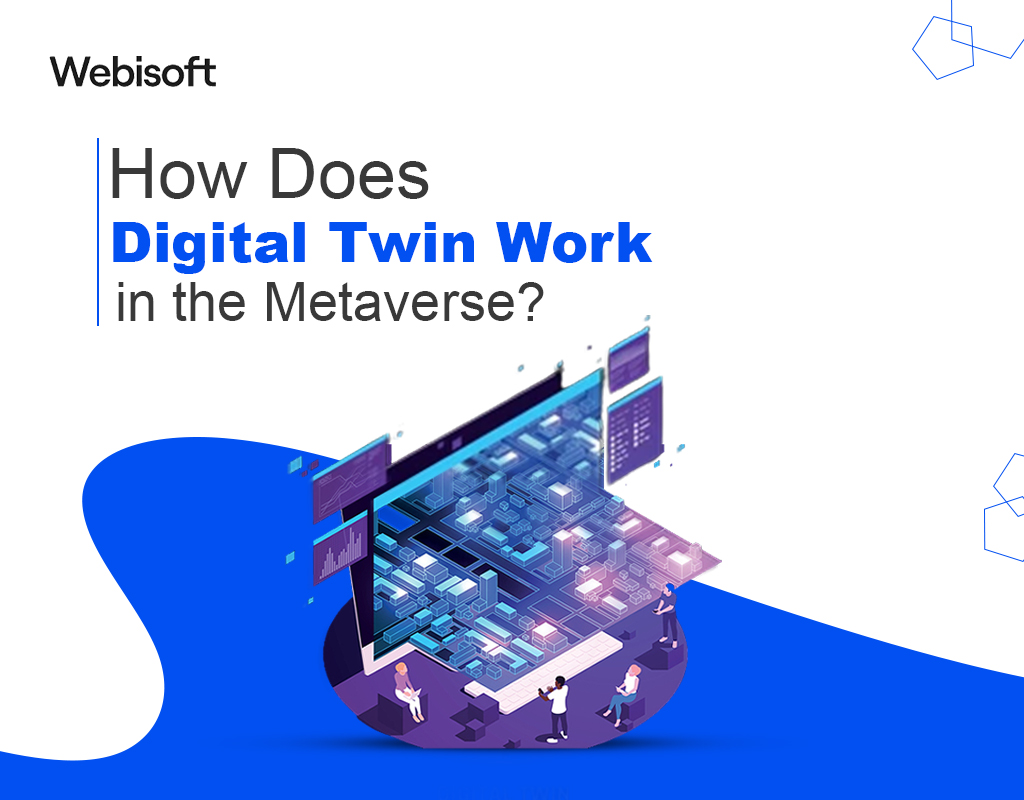
To understand how Digital Twin works in the Metaverse, let’s explore its incorporation into various aspects:
Product:
Digital twins are used in product design to enhance the development process.
Production:
Digital twins validate manufacturing or production processes, ensuring efficiency and effectiveness.
Performance:
The performance digital twin collects operational data from products, analyzing it to provide valuable insights for informed decision-making.
These three types of digital twins, when combined and integrated, form digital threads. These threads can be woven into products by capturing data throughout their lifecycle stages, including physical, manufacturing, and operational data.
Engineers and developers synthesize this information to create a digital twin, integrating it into a physics-based virtual model.
By applying analytics to these models, relevant insights about the physical asset are derived. This constant flow of data enables comprehensive analysis, making the digital twin an accurate representation of the physical equipment.
Navigating the Digital Twins Universe in the Metaverse: How it Might Look in Different Sectors
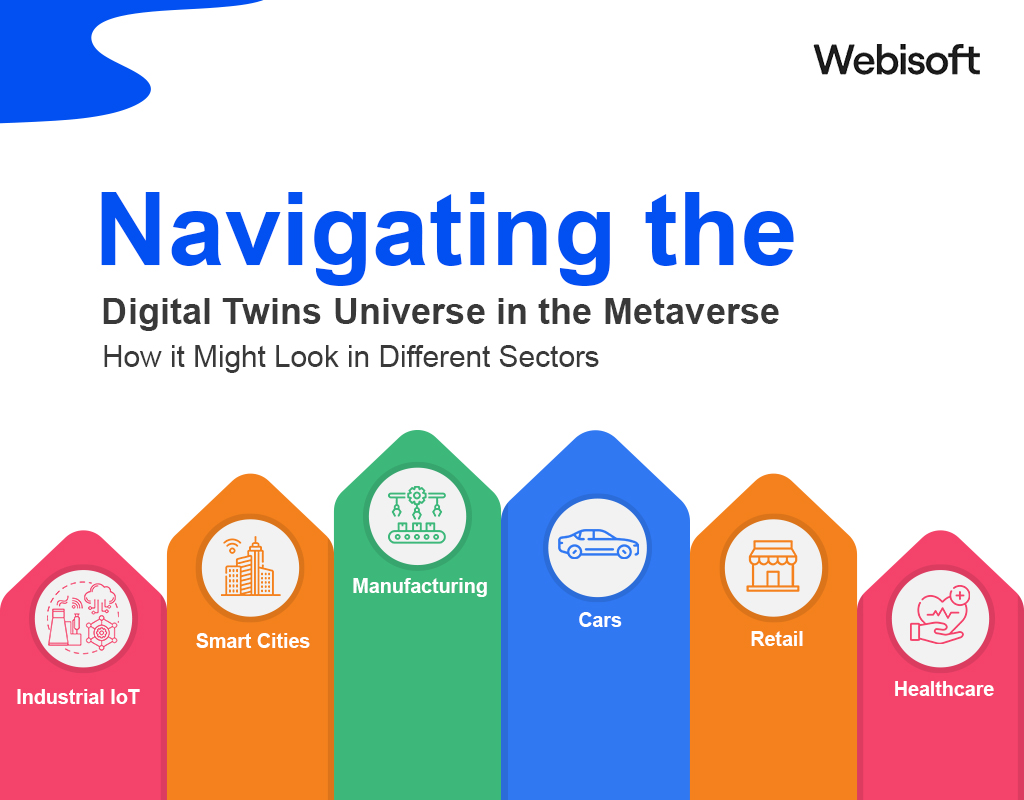
You might be wondering, “how does this whole Digital Twin concept work in the metaverse?” Well, let’s break it down.
Imagine having a virtual doppelgänger of any physical object from which you can study and predict future actions.
Now, that’s what Digital Twins are all about, and they’re about to spice things up in the Metaverse! Here’s how:
Manufacturing
Picture entire factories and plants, all with virtual twins. It’s like having X-ray vision in all production processes!
Digital Twins will play a big role in changing how we design, manufacture, and maintain products in the Metaverse, making everything run more smoothly and quickly.
Cars
Now, what about our four-wheeled friends? Digital Twins can create a virtual copy of a connected car, allowing us to delve into the vehicle’s behavior and performance.
We see a future where the Metaverse is home to virtual car shows, with digital twins providing users with the experience of “test-driving” a car!
Retail
Catching customers’ eyes is a game-changer in retail. What if we could create 3D virtual models of shops and products using Digital Twins in the Metaverse?
This would give customers a shopping experience like never before! Plus, it’d help with in-store planning, and, even better, optimized energy management.
Healthcare
Digital Twins are making their mark in healthcare too, aiding with organ donations, surgical training, and more. Add in data from IoT; voila, you’ve got enhanced patient monitoring and personalized care. It’s like having a crystal ball for health!
Smart Cities
How about an entire city with a digital twin? Imagine a digital Singapore in the Metaverse!
Using digital twins, we can level up smart city planning, boost economic development, manage human resources more effectively, and reduce our ecological footprint. It’s like living in the future, both virtually and physically!
Industrial IoT
For the industrial folks, digital twins in the Metaverse can be a godsend. You could digitally monitor, track, and control systems, with digital twins storing operational and environmental data. It’s like having a handy assistant predicting your industry’s future operations.
Digital Twins is truly a game-changer in the Metaverse, opening up a whole new world of possibilities across various sectors. It’s like looking into a crystal ball for the future of our physical world!
What’s the Buzz about Digital Twin in Industry 4.0?
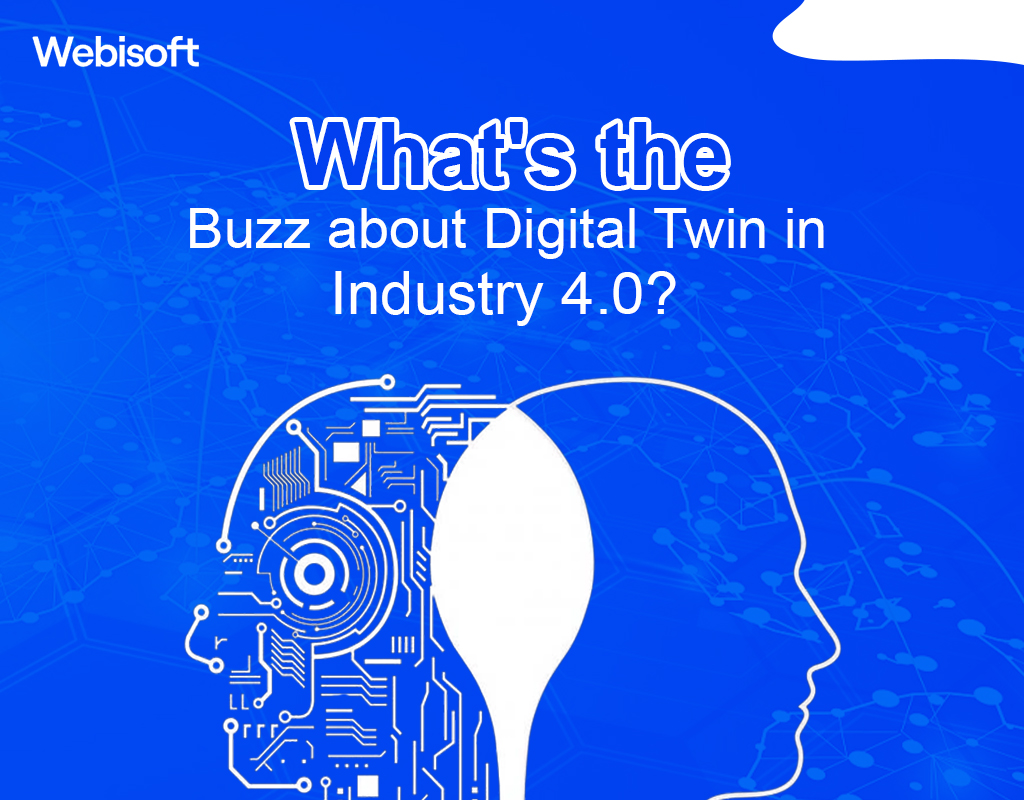
In today’s business landscape, there’s a lot of talk about the metaverse, especially in the context of Industry 4.0. This new era of industry embraces automation, data exchange, and cutting-edge manufacturing technologies.
At the heart of this revolution lies digital twins, opening up a world of possibilities for the future of the digital and virtual business realm. It’s reshaping the way things are done, moving away from the old “build first, then tweak” approach that dominated the industrial world.
So, what exactly are digital twins? Well, they’re like virtual replicas of machines or systems, bringing a whole new level of dynamism to the design process in the metaverse.
By creating these digital counterparts, we can dive into the unique features, performance, and potential issues of the machines through virtual simulations. It’s like having a sneak peek into how things will work in the real world.
But it doesn’t stop there. Thanks to real-time monitoring and clever sensor technology, digital twins also keep a watchful eye on physical plants. They send signals and alerts to operators, giving them a heads-up about machine failures, potential downtime, or even safety threats.
With this valuable information, industry workers in the age of Industry 4.0 can optimize machine performance in real-time, ensuring smooth coordination among all devices. They can diagnose and repair faults within virtual plants, all while keeping productivity losses to a minimum.
The impact of digital twin technology is undeniable in Industry 4.0. It’s revolutionizing the way we design, monitor, and optimize industrial processes. The metaverse and digital twins are a powerful duo that’s reshaping the future of the industry.
Conclusion
In conclusion, the integration of digital twin metaverse technology holds immense potential for optimizing numerous industries. It enables enhanced prediction, monitoring, tracking, resource management, allocation, optimization, and quality control.
By leveraging technologies such as VR (virtual reality), AR (augmented reality), machine learning, and blockchain, we can achieve even more precise and accurate predictions.
As more companies embrace the power of digital twins and the metaverse, we are moving towards a future that seamlessly connects virtual and human worlds.So, are you ready to unlock the potential of digital twins and the metaverse for your business? Contact Webisoft today and discover how we can help you harness the transformative capabilities of these technologies. Let’s shape a connected future together.
